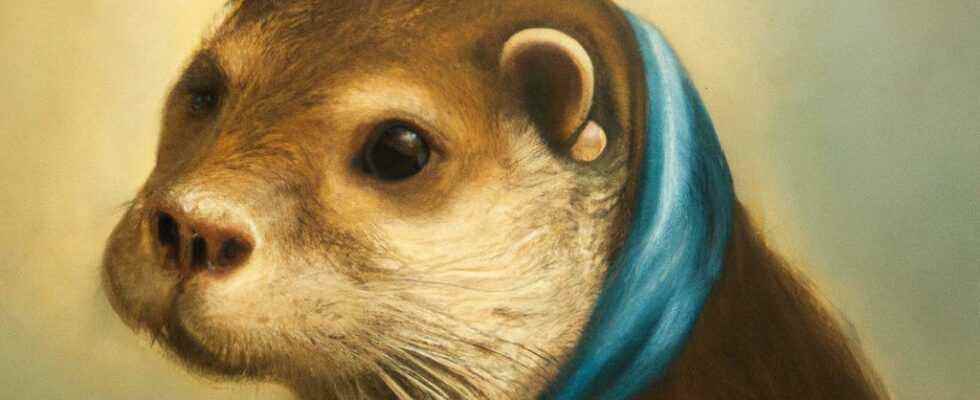The artificial intelligence software DALL-E, from the start-up OpenAI, will allow a million people to create illustrations simply from words.
The OpenAI start-up will open its artificial intelligence software DALL-E to a million people, so that they can create illustrations, simply from verbal indications, and then use them in books, brochures or on the internet, including for commercial purposes. This computer program can generate images from carefully chosen words, such as “Baobab dressed as a businessman looking at the sky” or “Sea Otter in the style of Johannes’ Girl with a Pearl Earring Vermeer». The software offers several original creations and the user can then refine his choice. He was “form” by machine learning, i.e. by ingesting an astronomical database of images with descriptions.
“DALL-E, the artificial intelligence (AI) system that creates realistic images and art from natural language description, is now available in beta,” the San Francisco-based startup said in a statement. She plans to invite a million people already on the waiting list over the next few weeks. These users will have “from today the right to commercialize the images they create with DALL-E, including the right to reprint and sell them”, says OpenAI, which was co-founded in 2015 by Elon Musk. The Tesla boss left the company in 2018.
They will initially have 50 free credits, each credit allowing them to formulate a request to the software, which responds with three or four images. The company has configured the software with safeguards to prevent users from creating pornographic, violent or political content, or even deepfakes, these diverted images that depict real personalities in invented situations. She also ensured that the machine did not reproduce certain human biases – that it did not only offer white men in their fifties in response to the description “CEO”.
Read alsoA century later, a rare youthful canvas by Egon Schiele rediscovered in Vienna
DALL-E has already been tested by a few creators, including Austrian artist Stefan Kutzenberger, who wanted to show “what works by the painter could have looked like Egon Schiele» if he hadn’t died at age 28, according to a recent release from OpenAI. Karen X Cheng, a content designer, designed the first cover of the women’s magazine in June Cosmopolitan generated by an AI program. “After many hours of trying hundreds of descriptions, I finally found the right one:”A low-angle, wide-angle view of a female astronaut with an athletic female body stepping forward with a confident gait toward the camera on Mars in an infinite universe,'” she wrote on Instagram. .
SEE ALSO – Emirates promises “responsible” use of artificial intelligence
